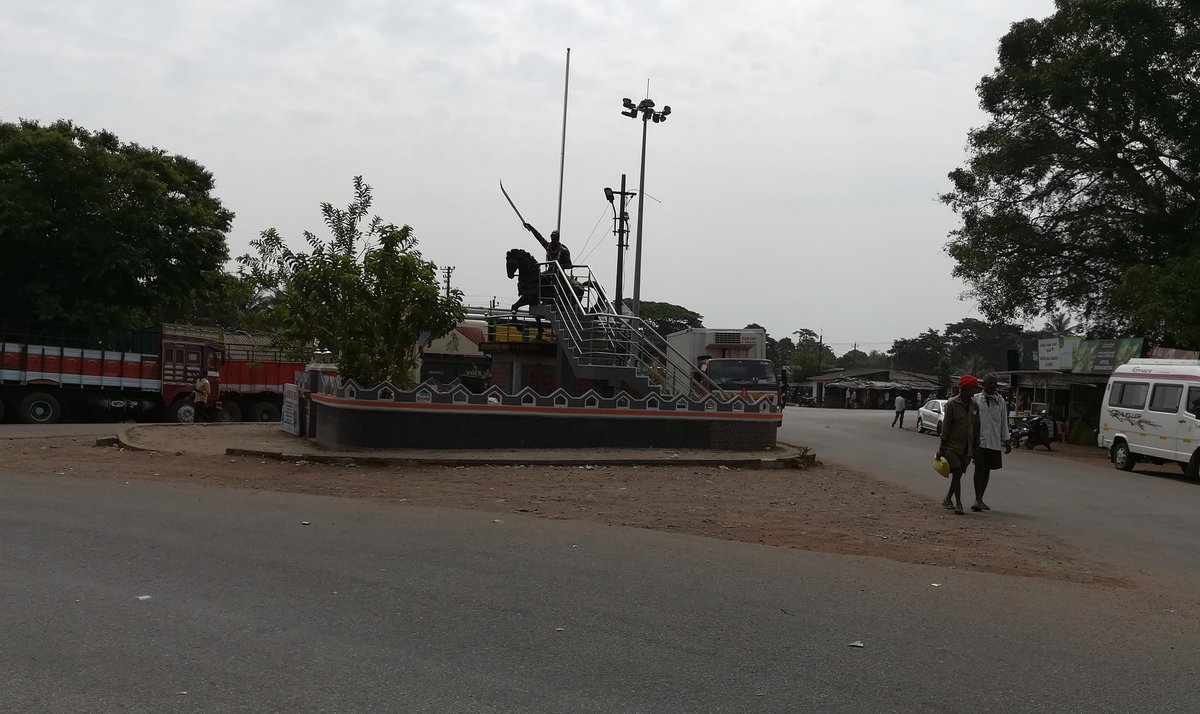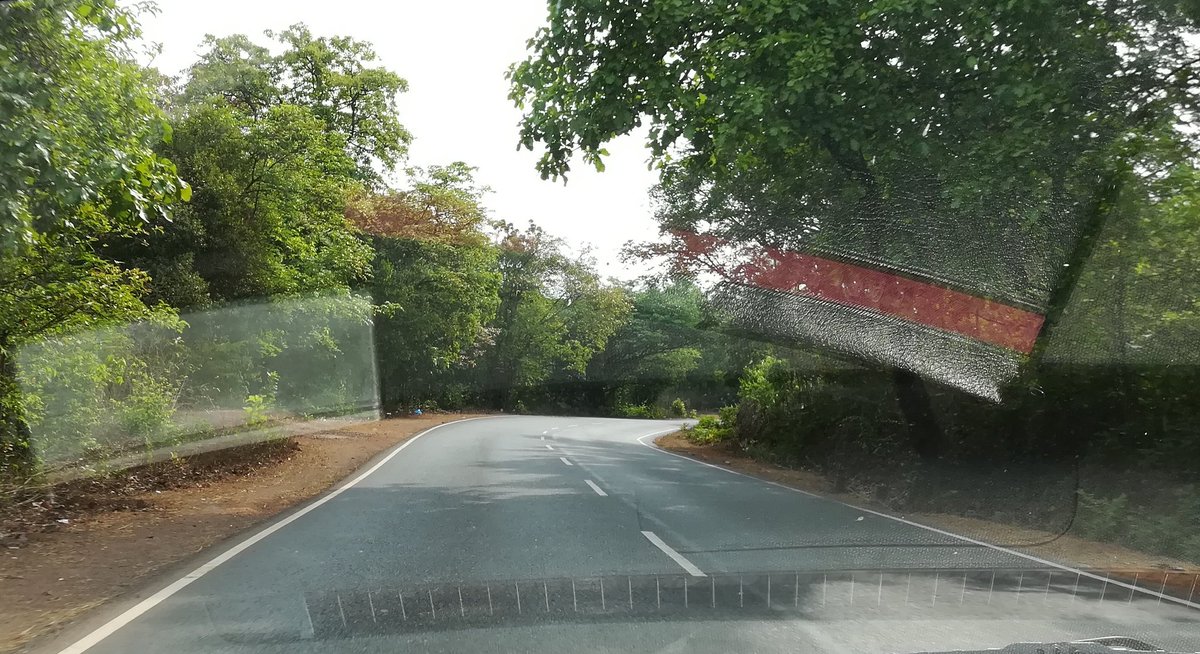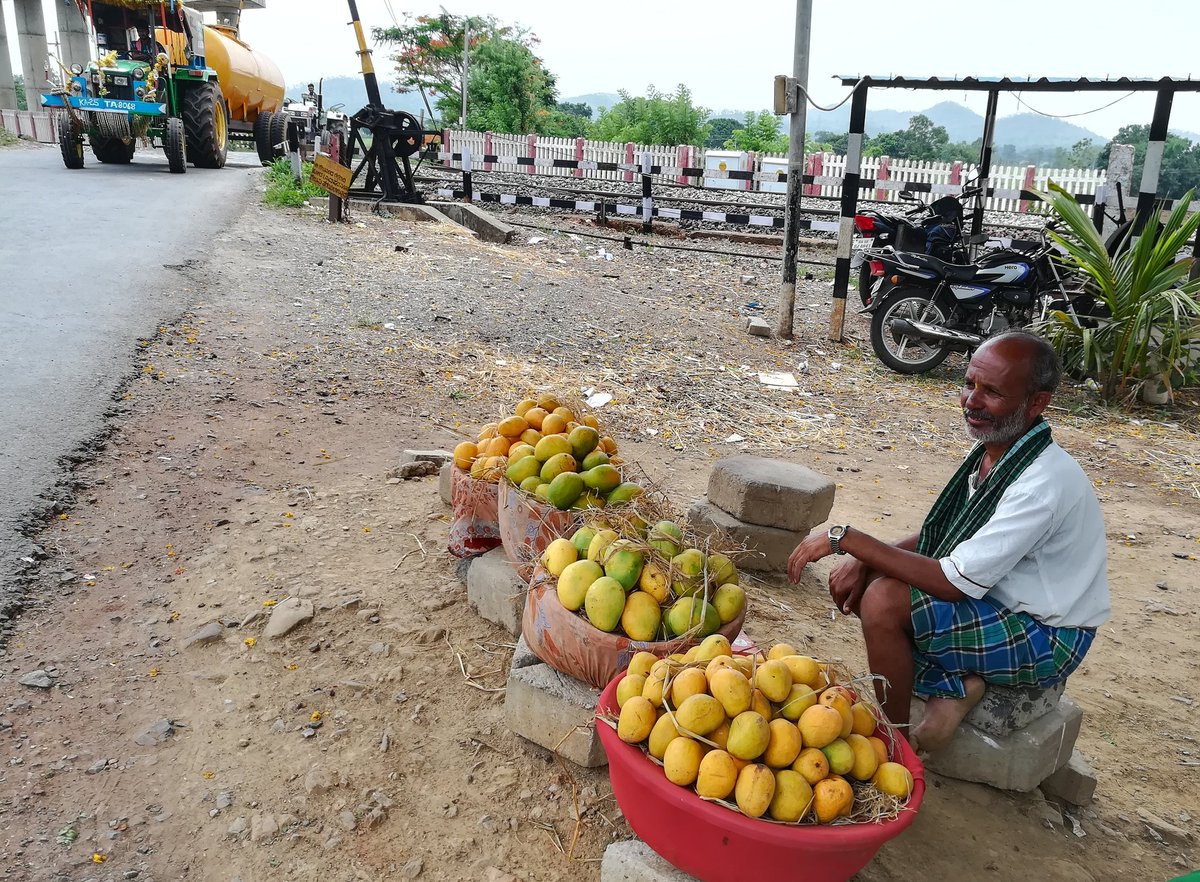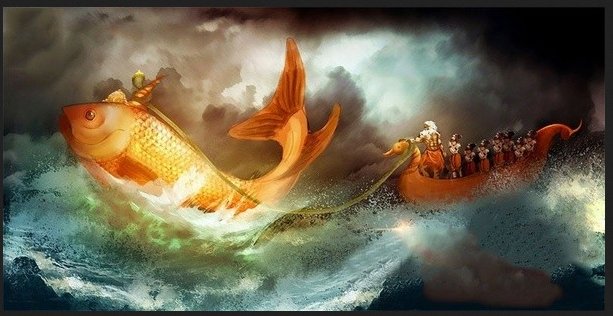Being Indians we have every right to be skeptical of Al Biruni’s writings. He was after all a Mleccha, and a companion of Mahmud - an infamous iconoclast.
But Al Biruni was not an Arab, but whose mother tongue was Khwarizmi - an extinct dialect. He chose to write in Arabic, the international tongue of his day
“Mahmud utterly ruined the prosperity of the country, and performed there wonderful exploits, by which Hindus became like atoms of dust scattered in all directions,…Their scattered remains cherish of course the most inveterate aversion towards all Muslims”
“This is the reason too why Hindu Sciences have retired far away from those parts of the country conquered by us, and have fled to places which our hand cannot yet reach, to Kashmir, Benares and other places”
Pataliputra had probably declined as a great city by then, and doesnt find much mention in Al Biruni’s book. Or perhaps it was too far to the East to be noticed by Al Biruni.
The great deity of Sthaneshwara was “Chakrasvamin” - apparently the idol was made of bronze and was about the size of an adult man
Al Biruni says this idol is now lying in the “hippodrome in Ghazna,together with the Lord of Somanath”
So he never got to see the temple in its glory
manasataramgini.wordpress.com/2006/09/05/ico…
As per Al Biruni, Vyasa divided the Veda into four parts and taught each of them to Paila, Vaisampayana, Jaimini and Sumantu
Bhagavata Purana, which is by far the most popular of all Puranas today, is only mentioned in passing by Al Biruni. He doesn't discuss it at all as far as I could notice
This is at odds with our understanding of the past, as suggested by the living memory of social segregation in 19th cen
“Between the Vaishya and the Sudra, there is no very great distance”
“After the Sudra, follow the people called Antyaja, who render various kinds of services, …members of a certain craft or profession”
He claims that the alphabet of the Hindus had been lost, nobody cared for it, and in consequence people became illiterate, sunken into ignorance, until Vyasa.
This is interesting. Is this a reference to the society’s collective memory of the loss of the Indus Valley script, and the rediscovery of writing a thousand years later in the Epic period?
As per him Hindus do not cut the hair on their body
They divide the moustache into single plaits in order to preserve it.
They let their nails grow long
They have red teeth
Men wear articles of female dress
In all consultations / emergencies, the men take the advice of the women.
When a child is born people show particular attention to the man not the woman
One of the books widely referenced by him is “Vishnu Dharma” - I can’t quite figure out which book this is and what is it called today
He also mentions that Mathura is a major pilgrimage spot given its association with Vasudava’s nativity. He also mentions that Mathura is a place that is teeming with Brahmins
Hindus have every reason to be suspicious and not trust anything he has written, given that these observations are from a Mleccha, and a man who was friends with the most despised iconoclast in Indian history - Mahmud of Ghazni.
A period of tumult and change.
A land at the cusp of the end of an era, and the beginning of another





